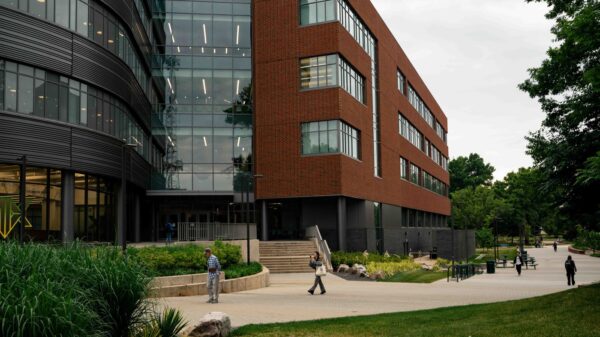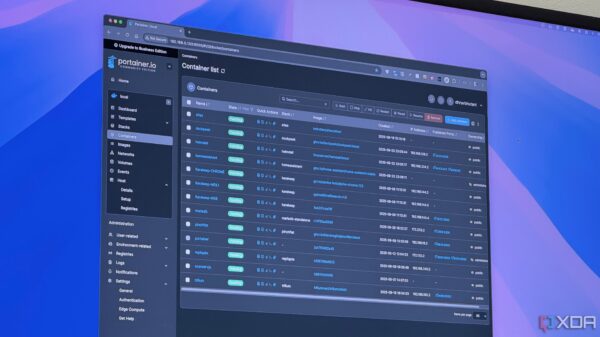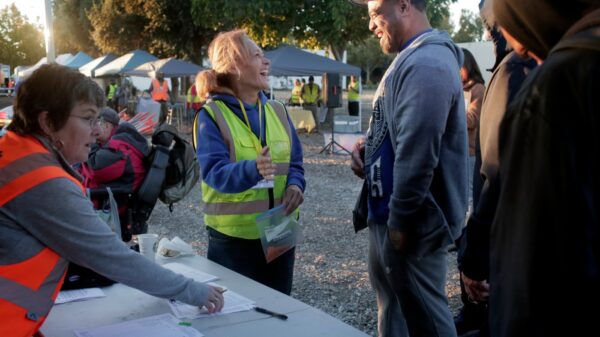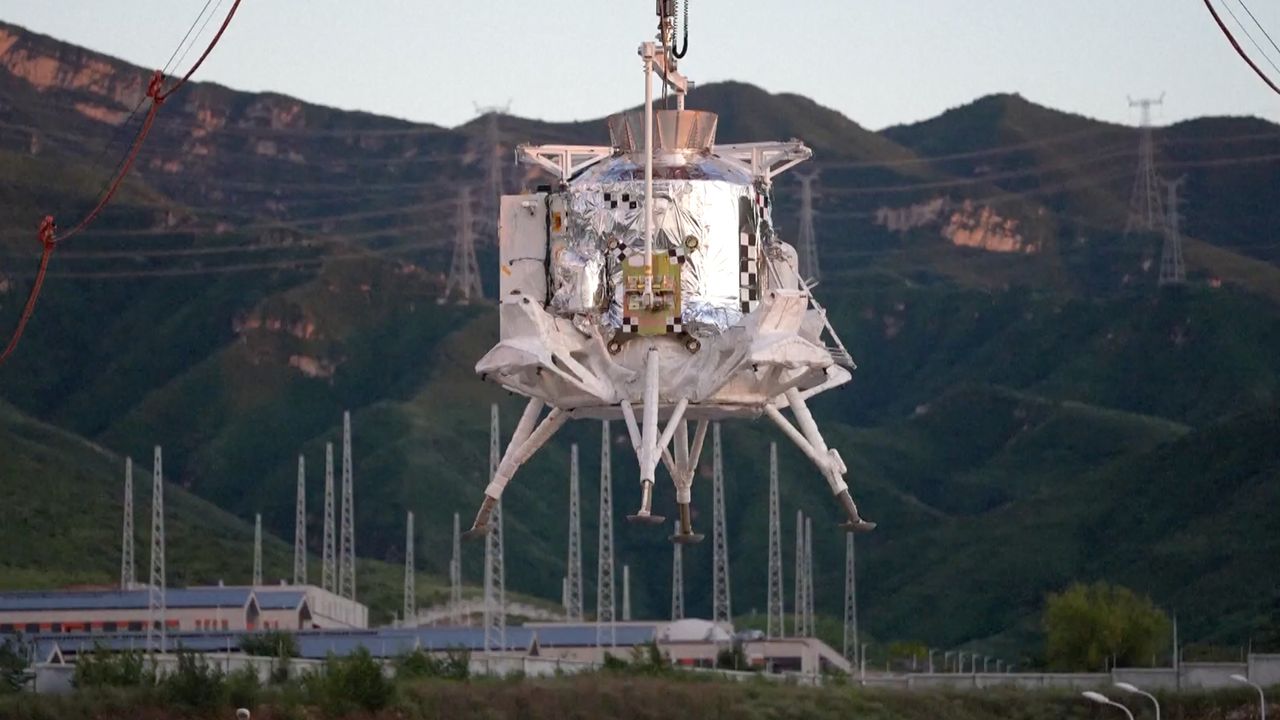China has made significant progress in its ambition to send astronauts to the moon by successfully conducting landing and takeoff verification tests of its two-person lunar lander, known as Lanyue, at a specialized facility in Huailai County, located in northern Hebei Province. This comprehensive testing, completed on August 6, 2023, is a vital milestone in the nation’s human lunar exploration program, which is scheduled for completion before 2030.
The Lanyue, which translates to “embracing the moon,” is designed to carry astronauts to the lunar surface and back. This week’s tests represent the first trial of a crew-carrying spacecraft’s capability to land and take off beyond Earth, as confirmed by the China Manned Space Agency (CMSA). The tests assess the lander’s performance across a variety of scenarios during both landing and ascent phases.
Huang Zhen, a representative from the China Aerospace Science and Technology Corporation (CASC), emphasized the importance of these tests. “For instance, during the launch phase, we need to verify its launch payload. We conducted large-scale mechanical tests to ensure a smooth transition in the extremely complex environment during the launch,” he explained during an interview with state-run broadcaster China Central Television (CCTV).
Ensuring Astronaut Safety
Safety remains the utmost priority in the development of Lanyue. The lander can transport two astronauts along with a lunar rover and scientific instruments. To guarantee the safety of the crew, the lander features multiple engines arranged in a redundant configuration, allowing it to return to lunar orbit even if one engine fails. “In the event of a failure of any single engine, the remaining engines can safely bring the astronauts back to the lunar orbit, enabling them to return home to Earth,” Huang stated.
During the recent test, Lanyue’s engines were ignited to simulate both a lunar landing and subsequent liftoff. This simulation validated the lander’s landing and takeoff systems, control plans, and shutdown procedures, ensuring compatibility between various subsystems, including guidance, navigation control (GNC), and propulsion.
Design Challenges and Innovations
The design of Lanyue involves significant challenges, particularly concerning weight management and landing performance. Huang noted that achieving a smooth landing is essential for astronaut comfort. The lander is equipped with four landing legs, meticulously designed to provide excellent cushioning during touchdown.
“Every bit of weight has to play a role in several functions, so we must achieve the ultimate in integrated design and lightweight construction,” Huang explained. The team at CASC has implemented various methods to minimize the lander’s weight while ensuring it meets all critical performance standards.
These advancements mark a crucial step in China’s efforts to establish a sustainable presence on the moon. As the nation prepares for its upcoming lunar missions, the successful tests of the Lanyue lander signal a commitment to safe and effective human space exploration. Through these innovations, China aims to solidify its position in the field of space exploration as it pursues its goal of sending astronauts to the moon by 2030.







































































